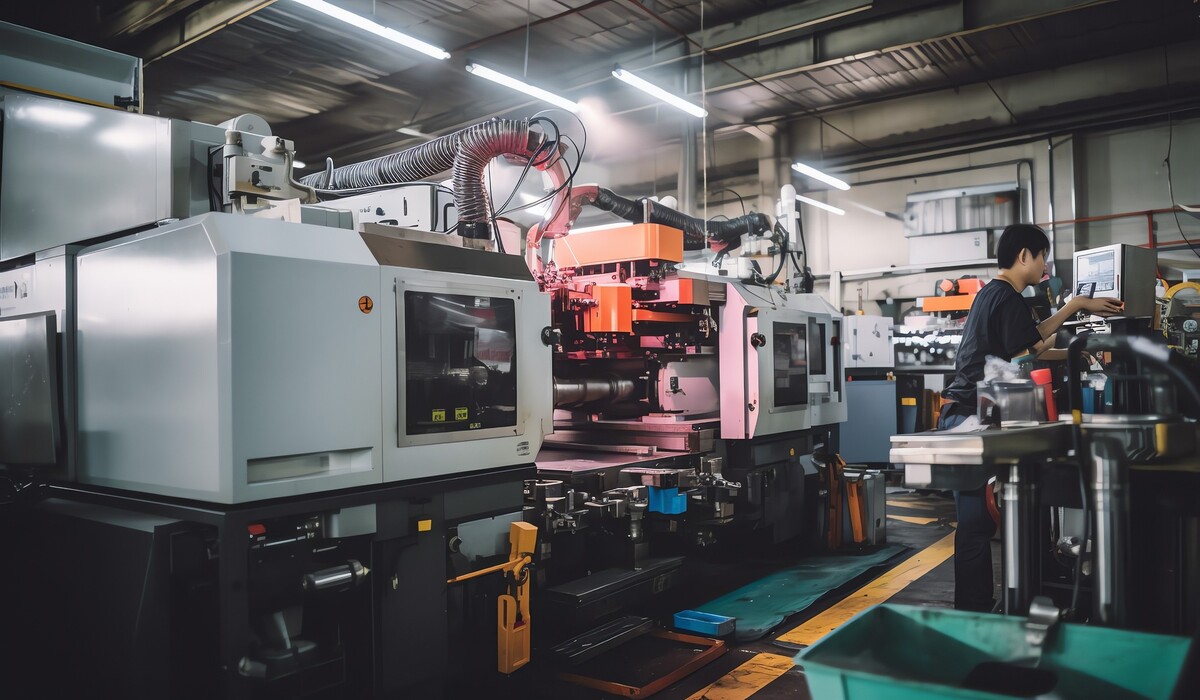High-precision lathes and toolroom lathes specialize in producing small, high-accuracy components, often used in prototype development and sample manufacturing. As CNC toolroom lathes become increasingly widespread, the industry is moving toward digital and automated control to shorten production cycles and improve machining quality and consistency.
Industry Demand: Who’s Looking for These Machines?
Small-batch, diversified machining
Industries such as medical devices, aerospace components, and precision instruments often require high accuracy and flexibility. For R&D sample production, these machines are even more essential.
Automation-driven transformation
To achieve Industry 4.0 goals, manufacturers in various fields are eager to integrate CNC and smart functions, reducing reliance on manual skills.
Material diversity and multi-process machining
Today’s common materials range from aluminum alloys and stainless steel to high-strength alloys (such as INCONEL), requiring machines with high rigidity and multi-axis capabilities.
Manual, EVS, and CNC Models at a Glance
Toolroom Lathe Family (Traditional + Electronic Variable Speed)
CTL-618e / CTL-618EVS
The CTL-618e replaces the old gearbox with a servo motor and direct-drive
leadscrew, paired with a touchscreen for more intuitive operation and improved accuracy. The upgraded EVS version offers stepless electronic variable speed, a wide spindle speed range (50–4,000 RPM), hardened ways for durability, and smoother chip evacuation.
CTL-27EVS / CP-27EVS
The CTL-27EVS features a cross slide, ideal for precision OD and ID finishing. The CP-27EVS comes with a sheet-metal base, high-precision spindle, large chip pan, and a sturdy footrest—perfect for operator comfort during long shifts.
CTL-20
Compact yet precise, designed for micro-parts, jigs, and surface finishing. Using bronze tapered bearings with oil-film lubrication, it significantly reduces thermal deformation, making it ideal for micro-machining with high stability requirements.
CNC Toolroom Lathe Series (Servo-Driven + Automation)
CT-1118CNC
Based on the CTL-618EVS but upgraded with CNC automation while maintaining rigidity. Its dual-mode cutting design supports both gang-type tooling and a tailstock center. With a heat-treated, ground bed, it achieves roundness within ±0.0015 mm and features a quick load/unload system for higher productivity.
CJ-27CNC
Equipped with X/Z-axis hardened ways and a gang-type tool post, this model handles heavy-duty roughing with stability. It offers fast tool changes and high-precision machining—ideal for rapid batch production.
Why Mixing These Machines is a Power Move
Broad flexibility – Start with manual toolroom lathes for prototype development and small-batch testing. When scaling up to mass production and automation, switch to CNC models with ease.
Seamless accuracy upgrade – Move from ±0.005 mm precision on manual models to ±0.0015 mm on CNC units, ensuring consistent quality.
Smart manufacturing ready – CNC models feature servo control, quick-change tooling, automatic loading/unloading, and electronic variable speed—making smart factory integration effortless.
In the high-precision machining world, whether it’s a manual toolroom lathe like the CTL-618e/EVS, a fully automated CNC lathe like the CT-1118CNC, the heavy-cutting CJ-27CNC, or the precision-focused CTL-27EVS, CP-27EVS, and CTL-20—this complete lineup covers everything from micro-parts to high-volume production. It’s a perfect example of Taiwan’s “we can make anything” manufacturing capability.
Industry Trends Accelerating the Shift
CNC market growth – From 2025 to 2029, the CNC machine market is projected to grow at a CAGR of 5.4%, adding USD 21.9 billion in value, driven by demand for high-value-added and multi-axis machining.
AI, digital twins, and smart automation – TIMTOS 2025 highlights AI, robotics, automation, and smart factory integration. Taiwanese brands are actively investing in digital twins to accelerate intelligent manufacturing upgrades.
Green manufacturing and sustainable machine design – Taiwan’s major machinery shows (e.g., TMTS) are promoting energy-label standards, low-carbon design, and compliance with ISO environmental norms.
Conclusion: A Complete Lineup Driving Smart, Sustainable Manufacturing
By combining manual, EVS, and CNC intelligent lathes into one integrated production chain, manufacturers not only showcase technical diversity but also embrace the future of CNC smart manufacturing and sustainable reform. This lineup is the ultimate toolkit for excelling in the “precision manufacturing wave,” .



.jpg)










.jpg)